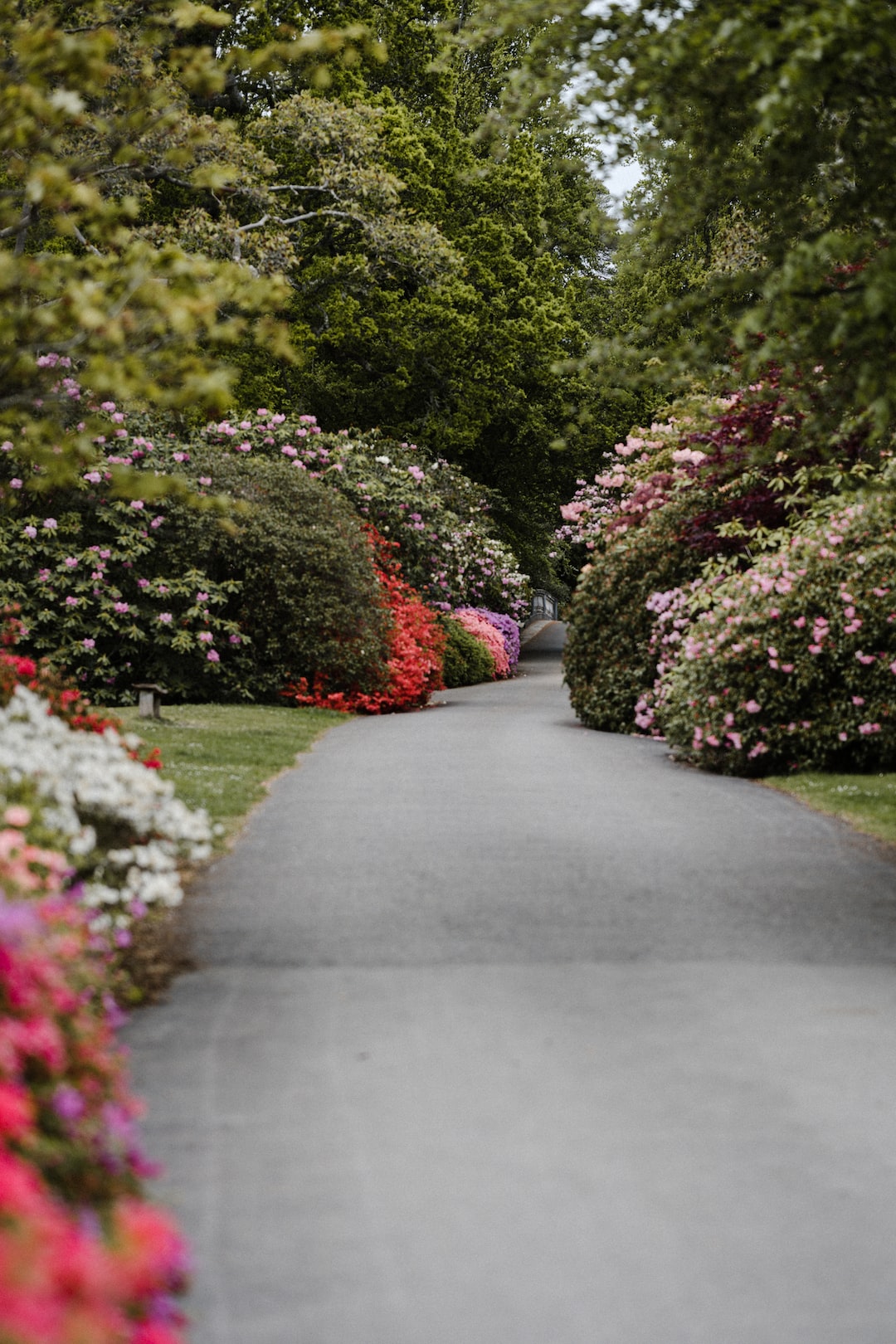Living in a small space doesn’t mean you can’t have a garden. Vertical gardens are a great way to make the most of limited space while adding some greenery to your home. In this article, we’ll go over the steps to create a vertical garden perfect for small spaces.
1. Choose Your Location
The first step is to choose where you want your vertical garden to go. It’s important to consider factors such as sunlight, water source, and access to plants for maintenance. Look for a spot that receives sufficient natural light and is near a water source to make watering your plants an easy task. It’s also important to make sure that you can access your plants for pruning, harvesting, and other needs.
2. Choose Your Plants
The next step is to choose your plants. When choosing plants for your vertical garden, consider your space limitations and the amount of sunlight your garden will receive. Some popular options for vertical gardens include succulents, herbs, and small vegetables like cherry tomatoes and peppers. These plants do well in limited amounts of soil and can tolerate heat and sun exposure. It’s also important to choose plants that are compatible with each other and are similar in terms of their water and light requirements.
3. Choose Your Vertical Garden Design
There are several different ways to design a vertical garden depending on the space you have available. Popular options include wall-mounted planters, hanging planters, and tiered planters. Think about how you want your garden to look and consider the materials you want to use. Vertical gardens can be made from a variety of materials such as wood, metal, and plastic.
4. Install Your Vertical Garden
Once you have chosen your plants and design, it’s time to install your garden. This step will vary depending on the type of vertical garden you are creating. If you’re using a wall-mounted planter or hanging planter, you’ll need to make sure it’s securely mounted to the wall or ceiling. If you’re using a tiered planter, you’ll need to make sure the structure is secure and sturdy. Finally, add your potting soil and plants according to your design plan.
5. Maintain and Care for Your Vertical Garden
Congratulations! You now have a beautiful vertical garden perfect for small spaces. To keep it healthy and thriving, be sure to water your plants regularly and fertilize them as needed. You’ll also want to prune and harvest your plants as needed to encourage growth and prevent overcrowding. A little attention each week will go a long way in keeping your vertical garden looking beautiful.
In conclusion, vertical gardens are a great way to bring some greenery into your small space. With a few simple steps and some creativity, you can create a beautiful and functional garden that will enhance your living space. Remember to choose your location, plants, and design carefully, and then install and maintain your garden regularly. With a little effort, you can enjoy the benefits of fresh herbs, succulents, and even small vegetables right in your own home.

